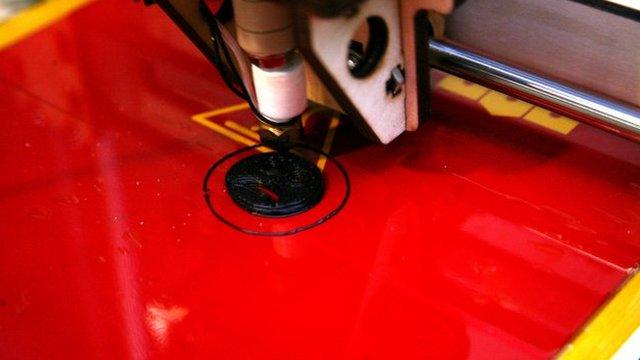3D-printed plane flies from Royal Navy ship
- Published
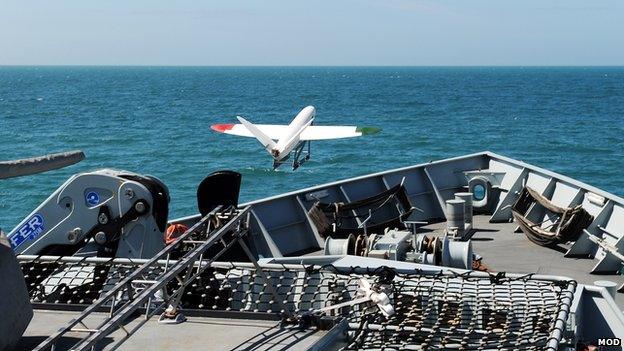
A 3D-printed aircraft has been launched from a Royal Navy ship and landed safely on a Dorset beach.
The navy said the test flight from HMS Mersey demonstrated the potential use of small, unmanned aircraft at sea.
Cdr Bow Wheaton said the navy was "very interested" in possible uses of unmanned and highly automated systems.
Researchers behind the Southampton University Laser Sintered Aircraft said their "pioneering" techniques had advanced design thinking worldwide.
Prof Andy Keane, who leads the project along with Prof Jim Scanlan, said: "The key to increased use of unmanned aerial vehicles is the simple production of low-cost and rugged airframes."
'Fun doing it'
Prof Scanlan told the BBC the design process begins with "complex geometry" on a computer.
A laser beam is then used inside a printer to "sinter" thin layers of nylon powder - making a solid mass - and the process is repeated numerous times to build objects.
First Sea Lord Adm Sir George Zambellas said: "Radical advances in capability often start with small steps.
"The launch of a 3D-printed aircraft from HMS Mersey is a small glimpse into the innovation and forward thinking that is now embedded in our navy's approach."
He added: "We are after more and greater capability in this field, which delivers huge value for money. And, because it's new technology, with young people behind it, we're having fun doing it."

Analysis
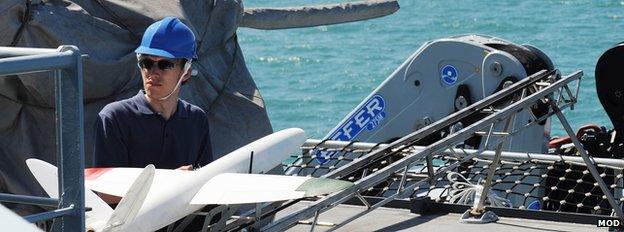
Jonathan Beale, BBC defence correspondent
3D printing technology is already being used in the defence industry.
Last year an RAF Tornado flew with parts produced by a 3D printer for the first time - including protective covers for cockpit radios.
The technology has also been used to make guns.
The development of a drone using a 3D printer is another step forward.
In theory the technology could allow the military to build on site, whether that's on a warship or at a forward operating base.
If a drone was shot down, they could just print another.
The armed forces would no longer be entirely dependent on a factory back home, or on fragile supply chains to ship spare parts or replacements out.
There is of course a big downside.
What happens when everyone else has access to the same technology?

The aircraft, which has a wingspan of 4ft (1.5m) and a cruising speed of 50 knots (60mph), first flew in 2011 and was the world's first entirely printed aircraft.
It is assembled from four major parts, without the use of any tools, and can fly almost silently.
Its flight from HMS Mersey lasted less than five minutes - flying 1,600ft (500m) from Wyke Regis Training Facility in Weymouth and landing on Chesil Beach.
- Published17 March 2015
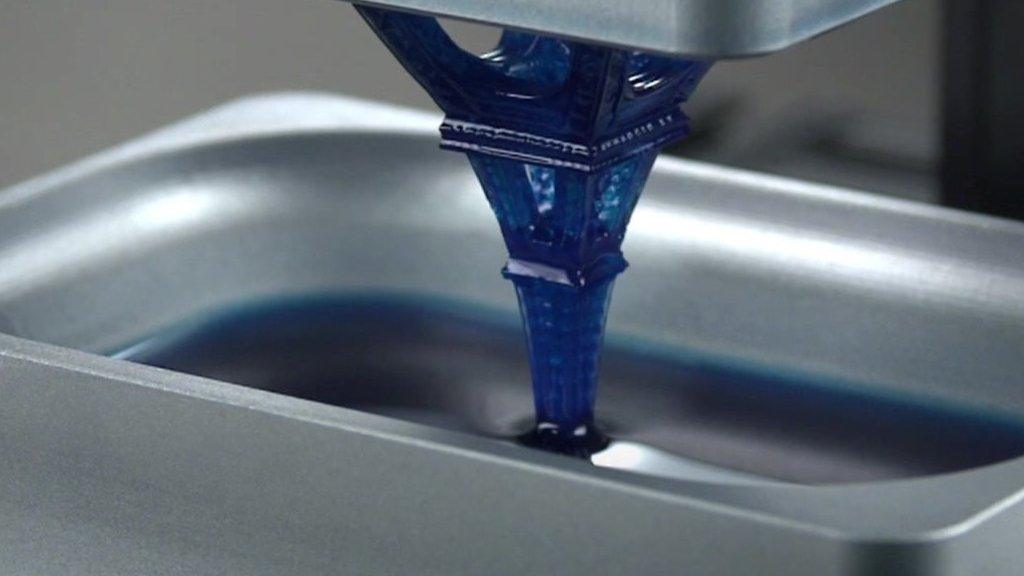
- Published5 January 2014
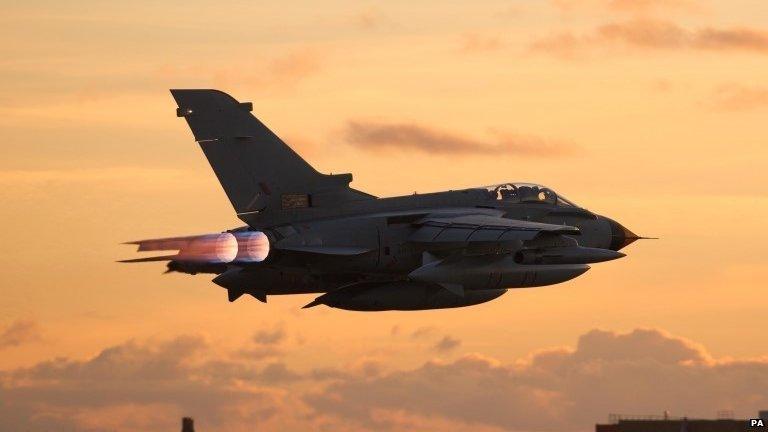
- Published9 September 2014
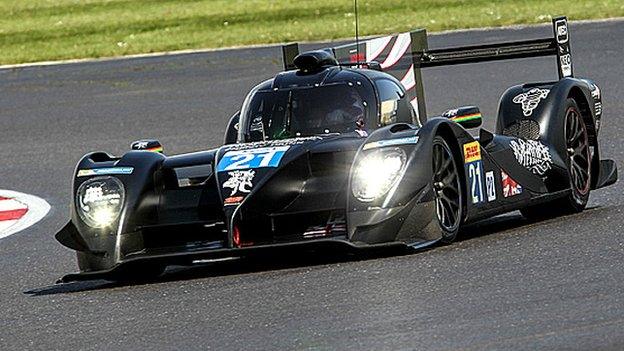
- Published9 November 2012
